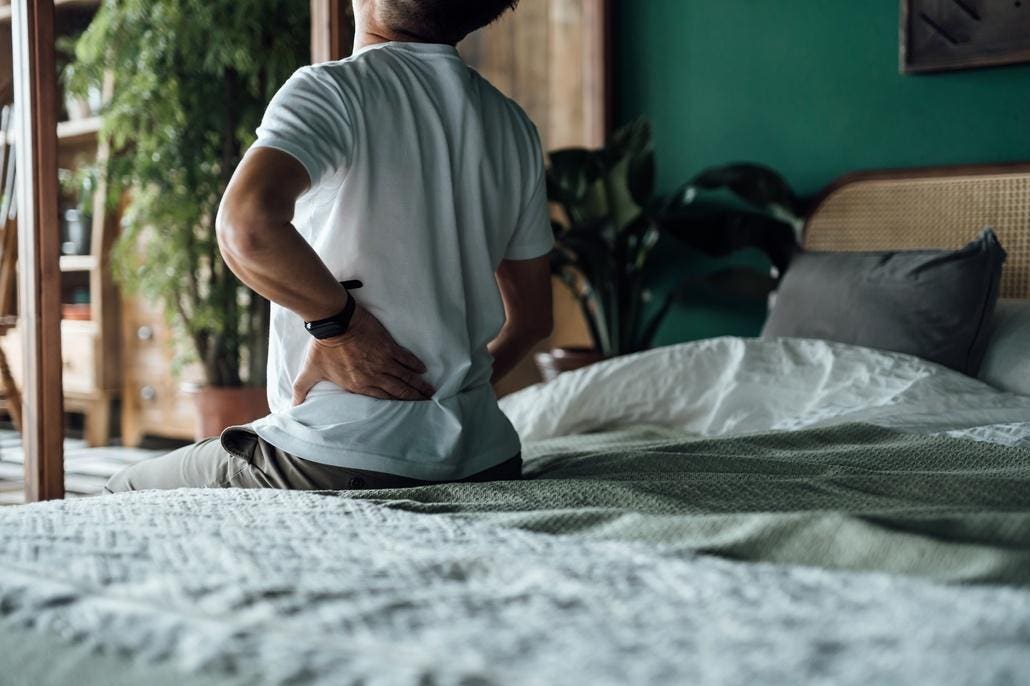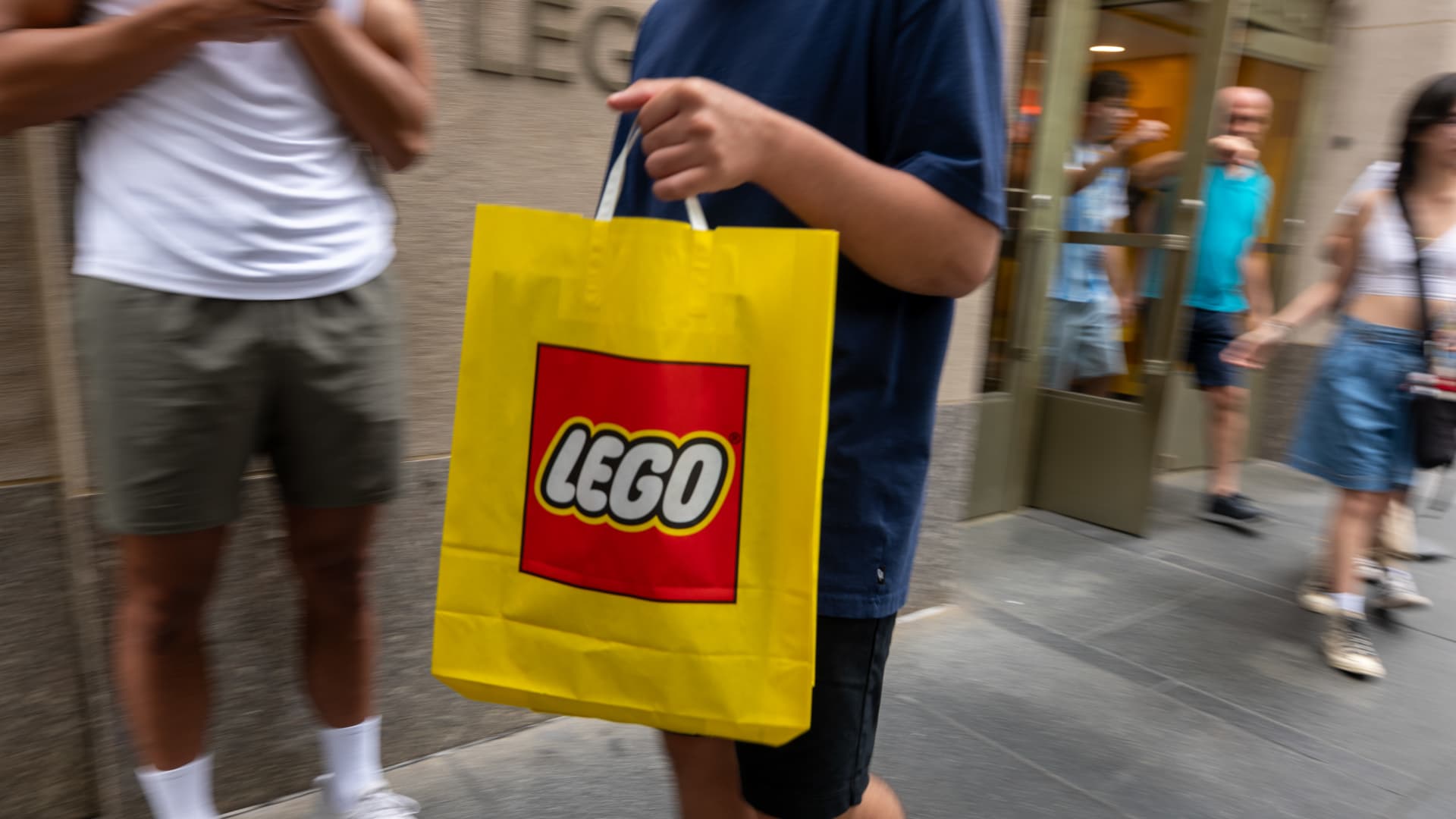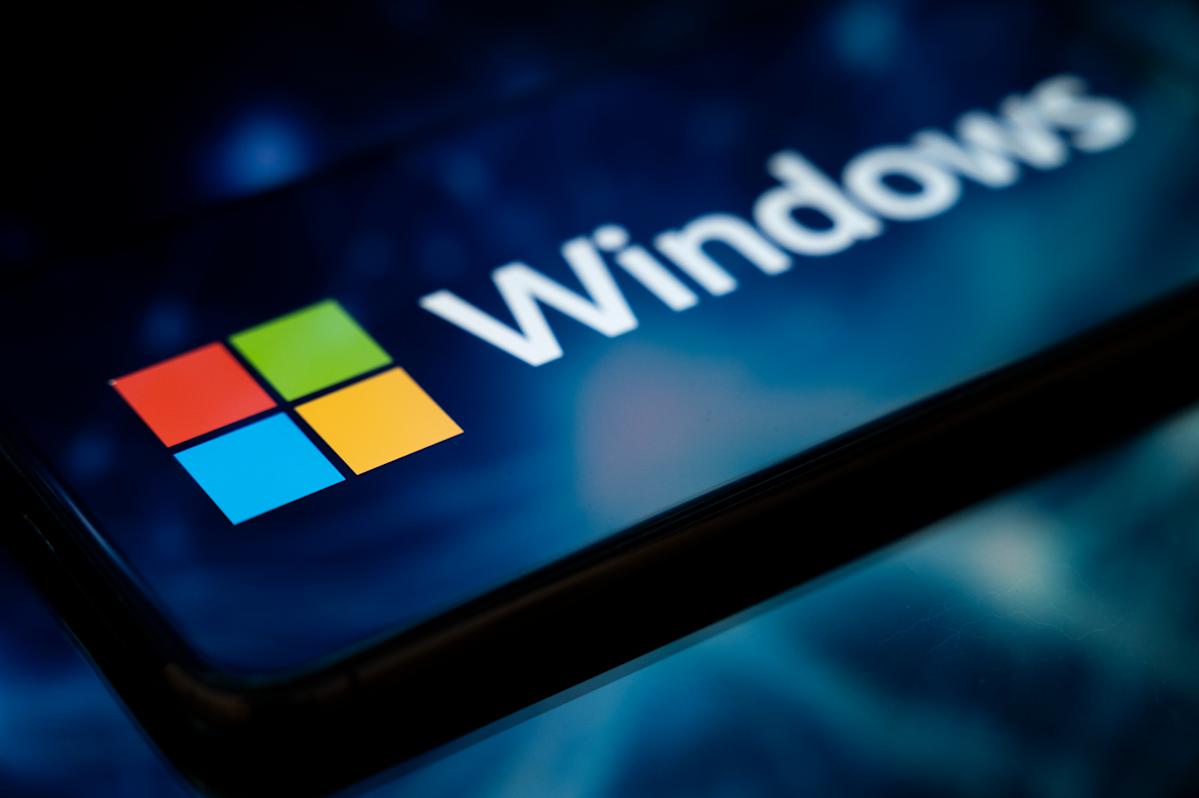People depart a Lego store in Manhattan on August 29, 2024 in New York City.
Spencer Platt | Getty Images
In September 2023, just two months after his mother fought and won a battle against breast cancer, Sam Lane began to get sick.
Sam underwent several rounds of testing, and the now 14-year-old finally received a diagnosis: a rare brain and spine cancer.
“They said ‘cancer,’ and before I started crying, I said, ‘Dang it, I was going to guess that, but I didn’t want it to be that bad,'” Sam said.
But at his lowest point, intubated and unable to walk, a nurse offered Sam a bright spot: She said she needed his help to build a Lego MRI scanner set for fellow patients at Boston Children’s Hospital to play with and learn from.
Sam’s mom said she was “blown away” by the level of detail in the play set, made of specialized Lego bricks.
“I remember sitting there saying to him, ‘Sammy, why don’t you take a break? You’ve been working at that straight for some time,'” Christina Lane said. “And he just didn’t even look at me and was like, ‘Nope, this is important… I need to help other kids.'”
Lego’s MRI scanner sets, which feature a scanner, patient bed, waiting room, staff figures and medical instruments, were designed specifically to help children learn about the procedure through hands-on play. The miniature MRI machine table moves back and forth, mimicking a real procedure.
On Monday, the toy company announced that more than 1 million children globally have used the sets to help them prepare for their medical procedures. New Lego research found that 96% of healthcare professionals said the model helps to reduce children’s anxiety, and 46% reported a lesser need to use sedation after the children played with the set.
Lego MRI Scanner play set
Courtesy: Lego
MRIs, which don’t involve radiation, are often used in pediatric care – but with the bright light, loud noises and requirement to stay still, the machines often frighten children and introduce the need for sedation, according to Sam’s child life specialists, Laura Boegler and Alyssa Sachs.
They focus on ways to support psychosocial and emotional wellbeing of patients and families at Boston Children’s Hospital and said opportunities to play are key.
“We often say that play is a universal language, and so the play-based approach of being able to touch and ask questions really helps ease anxieties and misconceptions that any kids have,” Sachs said.
Boegler said having children play with the Lego set before their own MRI scans has significantly helped decrease anxiety and increase familiarity with the procedure.
The set that Sam built is being used to ease other patients’ worries in a way that feels authentic to them.
“An MRI machine, that’s not something that kids are seeing in school, that’s not what they’re talking about at home, so it’s kind of like this new scary thing,” Boegler said. “Using the MRI Lego set, we’re able to show kids in a way that’s comfortable for them.”
Lego doesn’t sell the sets and instead has donated more than 10,000 of the kits to hospitals around the world.
Over the past few years, Lego has worked on expanding its customer base and deepened its strategy to achieve a streak of positive annual growth. The company has begun to cater more to adults as well as kids with more sophisticated and bespoke kits, including a wide range of sets aligned with pop culture like “Harry Potter” to “Wicked.”
The company’s botanical and F1 racing sets, in particular, have brought new customers into the fold.
Icons Tiny Plants by Lego.
James Manning – Pa Images | Pa Images | Getty Images
Christina Lane said the MRI play set her son built helped him feel connected to other children battling cancer.
“To have a little Lego buddy that they can identify with that is going through the same things that they are is really incredible,” she said. “As a mom, as a nurse, as a human being, to be able to support our kids during such a challenging and difficult time through play – truly, it’s essential.”
And the set has even helped Sam in his own journey. Now celebrating over a year cancer-free, he reflected on how his relationship with the machines has changed.
In his first MRI, Sam said he felt claustrophobic and scared, and the noises felt too loud for him to comprehend.
But now, he has a simple and reliable strategy for all of his MRI sessions: “I fall asleep.”
First Appeared on
Source link













